Adjusting to the Ritmo Valenciano
Although it’s possible to superimpose your own schedule onto Valencia, life is a whole lot easier when you submit to the city’s way of doing things. But what does a normal Valencian day look like? Here’s a quick, generalized rundown. Don’t worry, there are going to be a lot of snack breaks along the way.
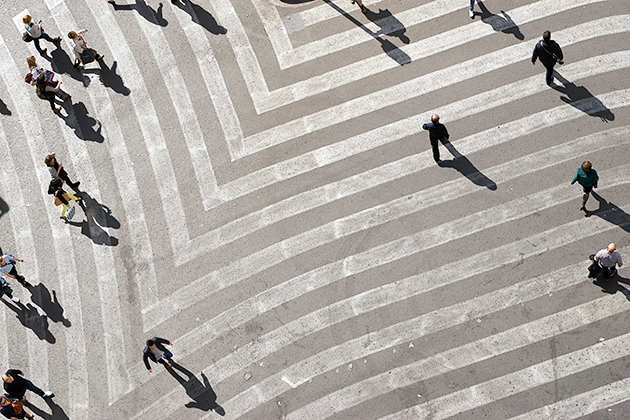
By and large, Valencia is a city which rises late. At 7am, its streets are largely empty. By 8, people are moving around, but it’s quieter than you might expect. And on weekends, the city takes a long time to get out of bed. If you’re out of the house anytime before 11am on a Sunday, you’ll probably be alone.
Valencians aren’t big breakfast eaters. You won’t find stacks of pancakes or omelettes being offered anywhere except hotels that cater to foreign guests. A typical breakfast is café con leche and tostadas con tomate: toasted bread slices served with tomato spread and olive oil.
So breakfast was small, and the day’s big meal is still a long way off, but that’s why we have almuerzo. This early lunch usually takes the form of a bocadillo (a sandwich in a baguette), at 11am. Most bars and restaurants offer a cheap almuerzo menu, which includes a sandwich, beverage, and a coffee. The coffee of choice after almuerzo is frequently a cortado: an espresso cut with warm milk.
Now you should be able to make it until 2pm, which is the hour of the comida. Most restaurants offer a set menú del día which usually consists of two courses, a drink, dessert and coffee, all for one price. The details vary from place to place, but generally you can choose between a few different plates for each course, and if you order wine, they’ll often put a whole bottle on your table. The better places offer desserts like flan or natillas (pudding with a cookie); it’s always a good idea to ask which desserts are casero (homemade). After all this food, the usual coffee is a café solo, which is simply an espresso.
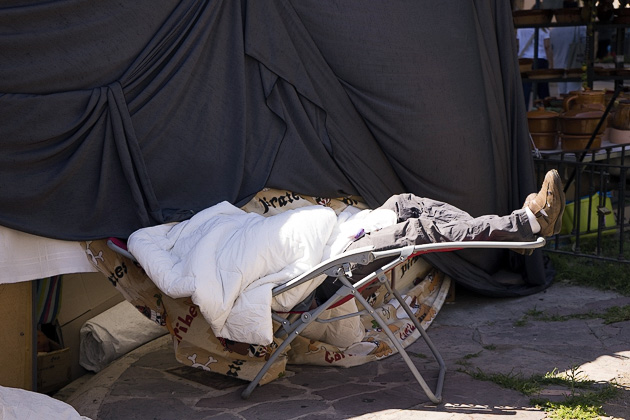
Again, I’ll note that we’re offering broad generalizations. If everyone ate all of these meals, every day, the city would have an obesity epidemic. Jürgen and I will only have almuerzo, for example, when skipping the comida. And yes, plenty of people are up and moving early in the morning, so it’s unfair to claim they’re all sleeping in. The reason that I’m staking out this “generalization” caveat now, is because we’ve arrived at my favorite hour of the day: the siesta. And there’s nothing which irritates Spaniards more than a foreigner singing the praises of the siesta, with the insinuation that this is a country full of loafers who sleep all day long.
Sadly, the siesta is increasingly a thing of the past. Spain has joined the global economy, and most people skip siestas entirely. But you know what? They shouldn’t! There is nothing better in life than stuffing yourself full, and then laying down to sleep it off. The sun is sweltering and, in these hours, you’re at your most useless anyway. Why not shut those tired eyes for a while?
As a whole, Valencia does recognize this period of rest. Apart from the bigger chains, shops across the city shut down between the hours of 2 and 5pm. During this time, the only people on the streets of the old town are tourists and thieves.
Things get going again around 6pm, which is the traditional hour of the merienda. This is a small snack, usually something sweet, such as horchata and fartons. Something to wake you up. People are beginning to repopulate the streets, now dressed for the evening, and by 7pm life has resumed its normal, bustling rhythm.
After moving to Valencia, the sheer length of the day was difficult for me to adjust to. People are still working and being productive much later than I was used to. It’s common, for example, to have a colleague suggest a work meeting at 8pm. By 8pm, shouldn’t we have already been at the pub, have had dinner, and be on our sofa watching sitcoms? So yes, the stores might close for three hours in the middle of the day, but those hours are recuperated later on.
It’s no surprise, then, that dinner is late. Any earlier than 9pm would be considered a crazy hour to suggest dinner. If you’re going out with friends, 10 or even 11pm is when you’ll normally meet at the restaurant. We’ve been invited to meals that don’t get started until midnight. Luckily, dinner is almost always light, consisting of a few tapas, a salad or a soup. Valencians don’t go to bed with full stomachs.
And sometimes they don’t go to bed at all. Because, now the nightlife begins… Valencia has a notoriously late party schedule. In the USA, clubs close at 2am, but here, people don’t even show up before that hour. Dance and drink the night away, it’s not a problem, because don’t forget: you can sleep in all you want the next day. Valencia is totally cool with that.
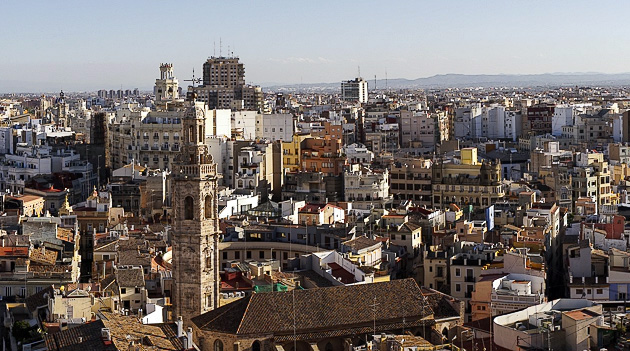
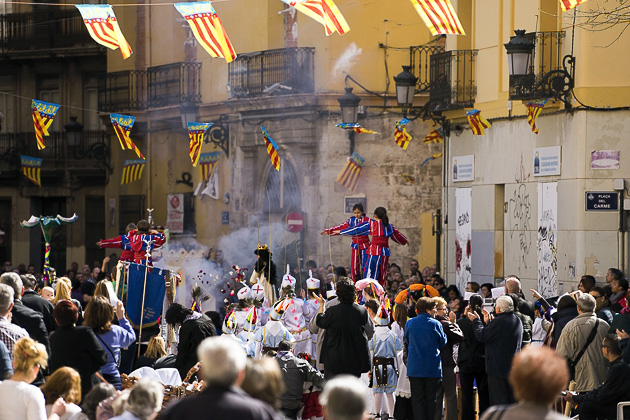
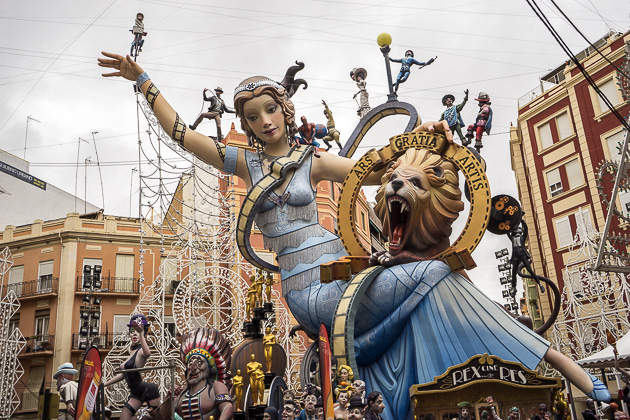

Yep. The timing here sounds about right. It was such a culture shock for me when I moved to Jerez from California. Siesta is alive and well there. Thank goodness. Once I got used to it, I loved it!
Pingback: The Daily Rhythm of Saigon | Saigon For 91 Days